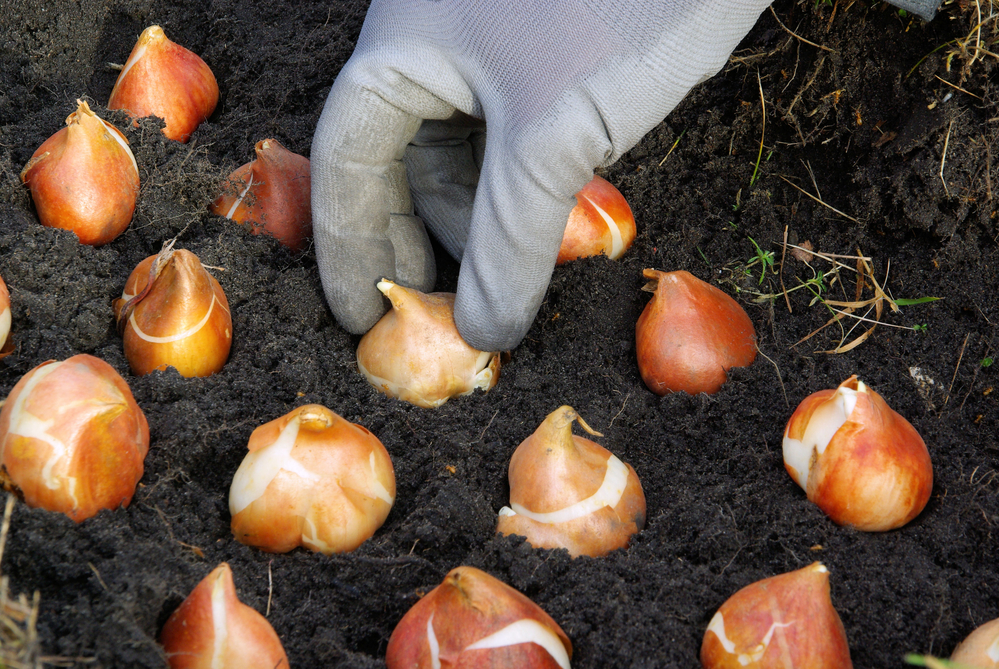Whether the season is mild or brutal, chances are you don’t find yourself puttering around the yard too much in November. This month is perfect, however, for last minute plantings and garden upkeep, ensuring that your yard will burst into its glory come spring. Additionally, select some winter blooming plants to add color accents to your yard.
Here’s a handy checklist of things to do now, while the air is cool and rain brings an abundance of nourishing water:
- Many retailers sell bulbs at a discount now. Buy a few, and, if the dirt is still pliable, plant them throughout the yard. They’ll yield bright blooms in the spring.
- To keep your deck from appearing drab, plant a container garden. Pansy, viola, flowering stock, ornamental cabbage, daphne, witch hazel and flowering kale are all colorful plants to keep winter spirits up. Hellebores yield colorful flowers and, best of all, they’re deer resistant. Choose from the dainty, early flowering Christmas rose; bear’s claw hellebores (H. foetidus_), with tiny, spring green blossoms; and the beautiful hybrid Lenten roses (H.x hybridus). Coming in a variety of single and double flowers ranging from speckled white, cream, yellow and apricot to purple, pink, red and slate black, these drought resistant plants bring architectural elegance to your landscape. There are even taller – 2-3’ tall – green flowered types ( argutifolius), as well as some hybrids that are smaller, with large, cupped green to purple flowers. Resistant to both deer and voles, they last for years and bring color at a time when flowers are rare. For existing hellebores, add lime to acid soil for H. x hybridus if a soil test shows a pH under 7.0. Do not prune back for winter.
- An arrangement of evergreen branches, twigs, pinecones and dried grasses can lend holiday cheer to your front porch.
- Sprinkle wildflower seeds around your garden. Seeds sown in the fall yield colorful blossoms sooner than spring sown seeds.
- Do you have an orchard or even a few fruit trees in the yard? Keep pests and disease at bay, as well as get a little exercise, with some basic autumn upkeep. Rake leaves and stow in the compost bin or green disposable bin for pick-up. Prune diseased or misshapen limbs and eliminate. Mow grass and weeds near tree trunks to prevent rodents from gnawing bark. Spray for Apricot brown rot or Peach leaf curl—make sure to cover the trunk, branches and ground beneath when spraying.
- Turn over vegetable gardens to expose overwintering insects to cold temperatures. Work a layer of chopped leaves, dried grass or compost into soil. In spring, work the bright green stems into the soil to add more nutrients.
- Consider adding a winter bird habitat in your yard. The Oso berry, or Indian plum, grows about 8’-12’ tall. In the winter, it produces a delicate white flower, while in the spring it yields a blue berry that birds love. The Mahonia (Mahoniax media) are 8’-15’ shrubs that produce sprays of bright, sunshine yellow flowers from December or January to February and March, depending on the plant and the weather. Cultivars such as Charity, Winter Sun, Arthur Menzies, and Lionel Fortescue add a color wow, perfect flower size and nectar for hummingbirds.
Hope this helps you beat the winter blues!
